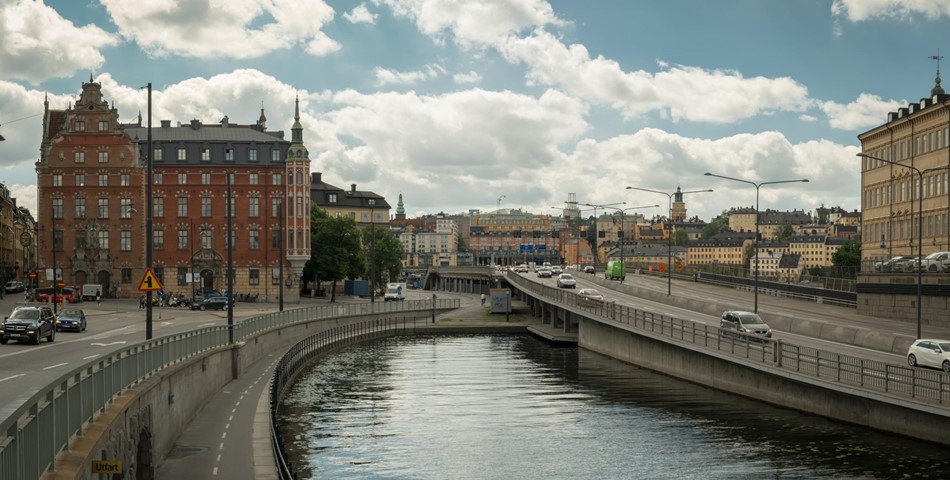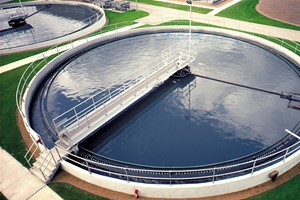Sweden's population is at 10 million with an unemployment rate of 7.4 percent, enjoying a 2015 GDP estimated at USD492.6 bn, SCB Statistics Sweden estimated. The value of outstanding borrowing in debt securities was USD832 bn at the end of February 2017. This is an increase of USD15.3 bn compared with the previous month. In the fourth quarter 2016, Sweden's economy grew more rapidly than in previous quarters in the year. Exports provided the largest contribution to the GDP for the second quarter in a row. Gross fixed capital formation increased after the slowdown in the third quarter. Investment volumes in the manufacturing industry increased by 12 percent in total in 2016. Heavy investments in the pulp and paper industry and the pharmaceutical industry in particular were responsible for the increase. Enterprises' submitted forecasts point to unchanged investment volumes in 2017. The government has adopted the bill 'Infrastructure for the future - innovative solutions for strengthened competitiveness and sustainable development' according to Government Offices of Sweden. The bill contains the direction and financial frameworks for investments in transport infrastructure for the planning period 2018-2029. The proposals in the bill will aim to achieve the goals of a transition to a fossil-free welfare state, an increase in housing construction and improved conditions for business. The financial framework is proposed to amount to USD68.5 bn, which is just over USD11bn more than the current plan. The Government is focusing on maintenance in order to maintain the functionality of roads and railways. Increased resources enable an improvement of standards in the existing railway system. The government's ambition is that a larger proportion of long-distance goods transports should be transported via railway and shipping than is the case today. The road network must cope with an even greater volume of traffic, primarily in the cities, and funds for road operation and maintenance are therefore proposed to increase. New main lines for high-speed trains connect Stockholm, Gothenburg and Malm , relieve current systems and contribute to higher reliability in the railway system as a whole. The current intermodal national plan for the development of the transport system applies for the period 2014-2025. The Swedish government has recently launched several Innovation Partnership Programs, one focusing on smart cities and another on new innovative transport and mobility solutions. The programs are to spur innovation through collaboration between the industry, the academy, the authorities, NGO s and the government. The data center construction market in the Nordics will grow at an impressive CAGR of more than 22 percent during the 2016-2020 period, market research carried out by Technavio has shown.



The Swedish economy has enjoyed a robust domestic growth since 2014, especially compared to Eurozone countries, according to Euler Hermes (EH) Research. The mass arrival of migrants in 2015 and 2016 prompted government spending. EH estimated growth above 3 percent in 2016 and expects it may slow down to 2.4 percent and 2.6 percent in 2017 and 2018 consecutively. High demand for housing and insufficient supply still need to be tackled. It remains to be seen whether a simplification to the Planning and Building Act will be enough to stimulate construction, especially in urban areas.









